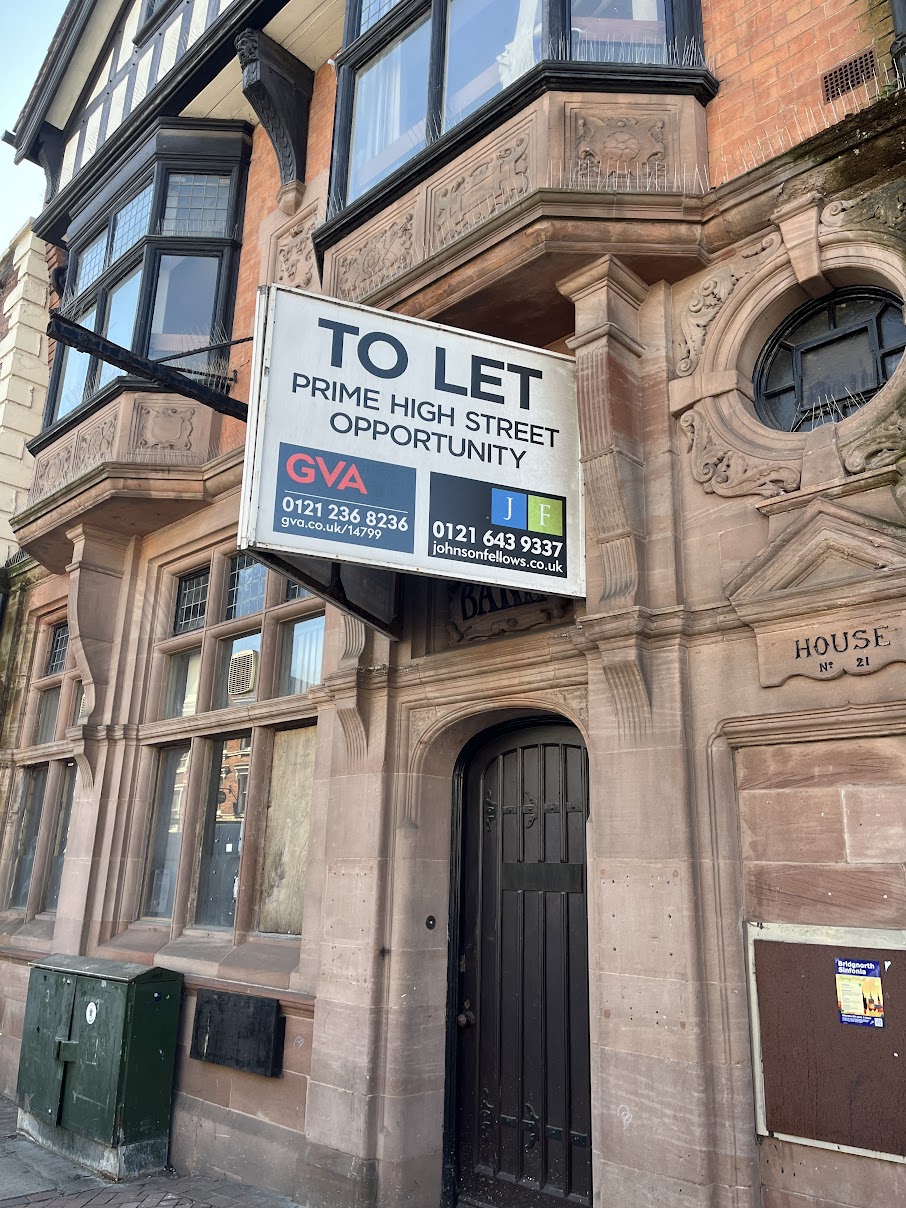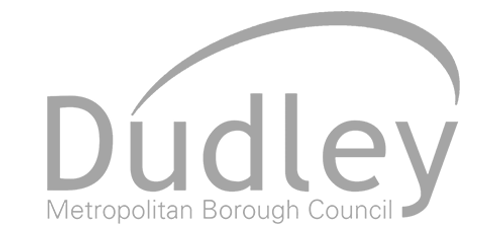The 2025 Spring Statement: Implications for High Street Businesses
The dawn of the new tax year sees some key measures that will significantly impact high street businesses and towns. While some policies present financial challenges, others offer relief designed to support the long-term sustainability of retail, hospitality, and leisure enterprises. However there will be an inevitable ‘shaking down’ while the dust settles.
As the economic landscape changes, it is important we stay at the forefront of these discussions, advocating for business owners and supporting our local towns. High streets are the backbone of our economy, driving local employment, fostering entrepreneurship, and creating vibrant communities. Their success is integral not just to individual businesses but to the wider economic health of our regions and the country as a whole.
Challenges Facing High Streets
Several policy changes announced in the Autumn Budget will inevitably place increased financial strain on high street businesses:
 Reduced Business Rate Relief – The Retail, Hospitality, and Leisure Relief scheme will see a reduction in its discount from 75% to 40% for the 2025/26 period. This shift could lead to higher operational costs for eligible businesses, making it more difficult for independent traders to thrive.
Reduced Business Rate Relief – The Retail, Hospitality, and Leisure Relief scheme will see a reduction in its discount from 75% to 40% for the 2025/26 period. This shift could lead to higher operational costs for eligible businesses, making it more difficult for independent traders to thrive.
- Increased Employer National Insurance Contributions – From April 6, 2025, higher employer NIC rateswill take effect. This increase is likely to raise employment costs, forcing businesses to reassess their staffing levels and wage structures.
- Minimum Wage Increase – Adjustments to the National Living Wage and National Minimum Wage will further contribute to increased payroll expenses, adding financial pressure to local businesses.
Taken together, these changes will necessitate a careful review of financial and operational strategies for high street businesses. Higher business rates, employment costs, and wage expenses could lead to reduced hiring, potential price increases, and a shift in how businesses manage their resources.
Opportunities and Support for Businesses
Despite these challenges, the Spring Statement also introduces measures aimed at alleviating financial pressure and fostering high street growth:
- Permanent Reduction in Business Rates – Starting in 2026, a new legislative change will allow for a permanent reduction in business rates for retail, hospitality, and leisure properties. This initiative will be funded by increasing contributions from the top 1% of high-value commercial properties, such as large warehouses used by online retailers.
- Interim Business Rate Relief – Until the permanent reduction takes effect, approximately 250,000 retail, hospitality, and leisure properties will receive a 40% relief on their business rates, capped at £110,000 per business. This immediate financial aid will help many small and medium-sized enterprises (SMEs) manage costs in the short term.
- Employment Allowance Increase – From April 2025, the Employment Allowance will increase from £5,000 to £10,500, meaning that 865,000 employers will not pay any employer National Insurance contributions next year. This move enables businesses to employ up to four full-time workers on the National Living Wage without incurring additional employer NIC costs.
The Road Ahead for High Streets
While the financial relief measures introduced in the Spring Statement provide some respite, opinions remain divided on their long-term impact. The reduction in business rate relief and rising employment costs may outweigh the benefits of increased allowances and rate reductions for many businesses. High streets in towns like Bridgnorth will need to adapt, reassess financial strategies, and consider innovative approaches to sustain footfall and profitability.
If we want to see thriving town centres that benefit both businesses and communities alike, then it is crucial for local businesses, policymakers, and stakeholders to engage in active discussions on how to mitigate risks while leveraging new opportunities. By fostering collaboration and advocating for policies that truly support our high streets, we can ensure their long-term success and resilience.
The conversation doesn’t end here. Business owners and stakeholders must continue to stay informed, adapt to policy changes, and take advantage of available support. If you want to discuss how these changes affect your high street business or explore strategies for growth, let’s connect and drive meaningful change together.



















